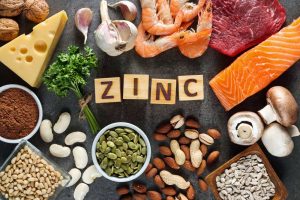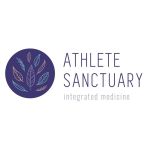
Menu
JOIN US
CONTACT
Targeted health strategies, naturopathic sports nutrition and holistic coaching for female athletes.
We also hire Normatec Recovery systems.
CLINIC ADDRESS
NEW Clinic 28-30 Strachan Street, Birregurra
706 Sturt Street, Ballarat (currently via telehealth)
20 Cantala Drive, Jan Juc, Torquay (near Geelong)
TELEHEALTH – Aus wide, New Zealand, Canada and globally (except USA)
QUICK LINKS
Menu
FAQs | privacy policy | terms & conditions Website Design by Scarver Design




